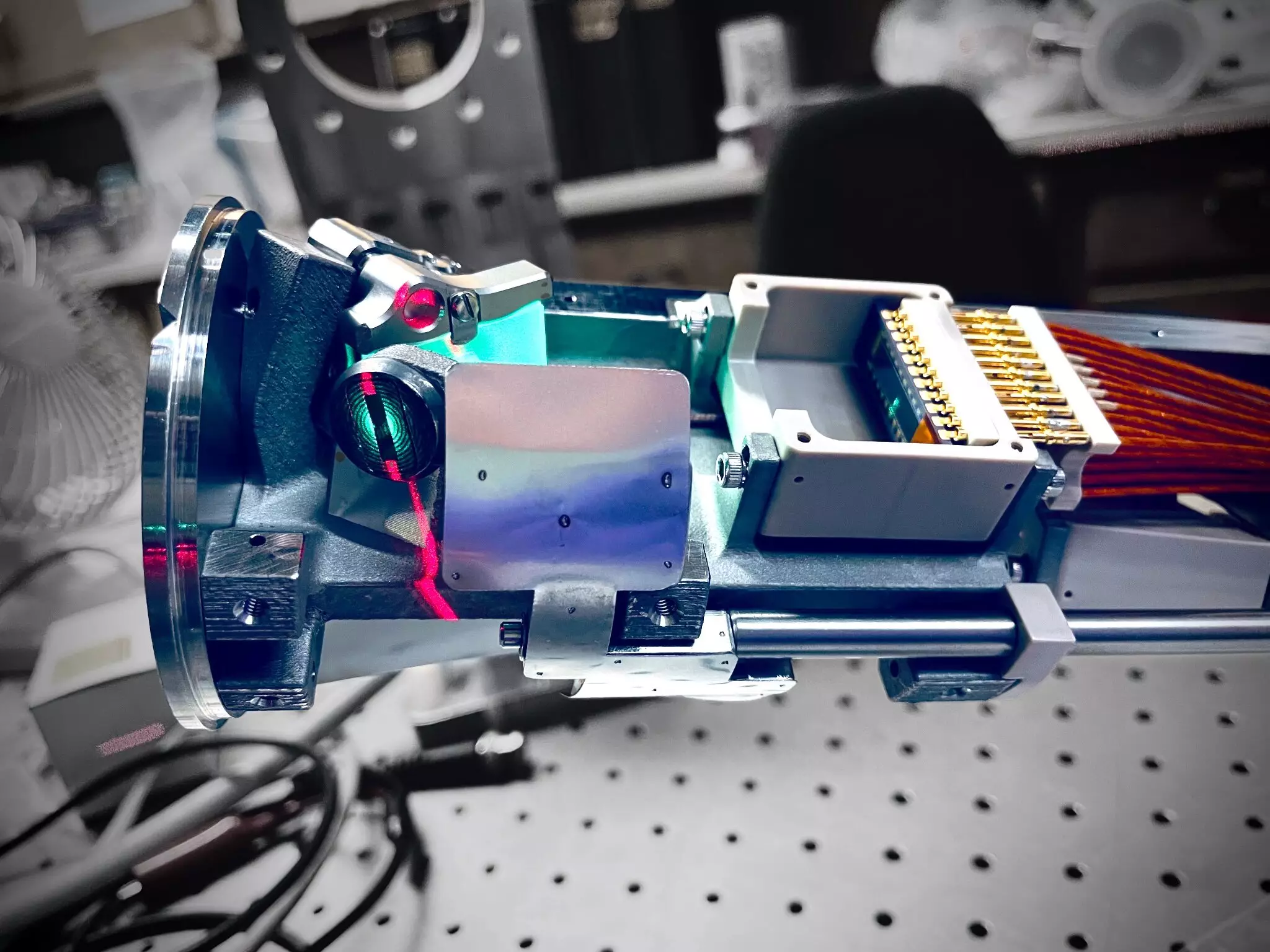Creating heat from fusion reactions is a complex process that requires a deep understanding of plasma, the electrically charged fourth state of matter. Scientists at the U.S. Department of Energy’s (DOE) Princeton Plasma Physics Laboratory (PPPL) have recently developed a groundbreaking new plasma measurement instrument called ALPACA. This diagnostic tool has the potential to significantly enhance fusion reactions in tokamaks, leading to improved power output in future fusion power plants.
One of the key challenges in fusion research is fueling the plasma to sustain fusion reactions. ALPACA plays a crucial role in this process by observing the light emitted by neutral atoms surrounding the plasma inside tokamaks, such as the DIII-D device in San Diego. By analyzing this light, scientists can gather valuable information about the density of neutral atoms, which is essential for maintaining high plasma temperatures and increasing the efficiency of fusion reactions.
The density of neutral atoms around the plasma directly impacts the number of fusion reactions that take place. ALPACA’s ability to collect plasma light at the specific Lyman-alpha wavelength allows researchers to accurately measure the neutral atoms’ density by assessing the brightness of the light. This data is critical for enhancing our understanding of fueling processes and ultimately controlling them to optimize fusion reactions.
ALPACA is part of a pair of diagnostic tools, with its counterpart LLAMA focusing on different regions of the tokamak. While LLAMA observes the inner and outer regions of the lower part of the device, ALPACA covers the upper part. This complementary approach allows researchers to gather comprehensive data on neutral atom distribution, enabling more informed decision-making regarding fueling strategies.
The design of ALPACA incorporates cutting-edge technologies such as 3D printing, which enabled the integration of a hollow chamber for cooling conduits. This approach showcases the innovative spirit of the PPPL team in overcoming engineering challenges to build a sophisticated diagnostic instrument. Collaboration with institutions like the Massachusetts Institute of Technology and contributions from experts in the field have further enriched the development of ALPACA.
As fusion research continues to advance, the role of diagnostic tools like ALPACA becomes increasingly crucial. By providing valuable insights into plasma behavior and fueling processes, ALPACA paves the way for optimizing fusion reactions and increasing the heat output in tokamak-based power plants. The ongoing testing and operationalization of ALPACA mark a significant milestone in the journey towards harnessing fusion power for clean and sustainable energy production.
The development of the ALPACA diagnostic instrument represents a significant step forward in fusion research. By offering new insights into plasma properties and fueling mechanisms, ALPACA holds the promise of revolutionizing the way we approach fusion power generation. With ongoing advancements in technology and collaboration, the future of fusion energy looks brighter than ever before.


Leave a Reply